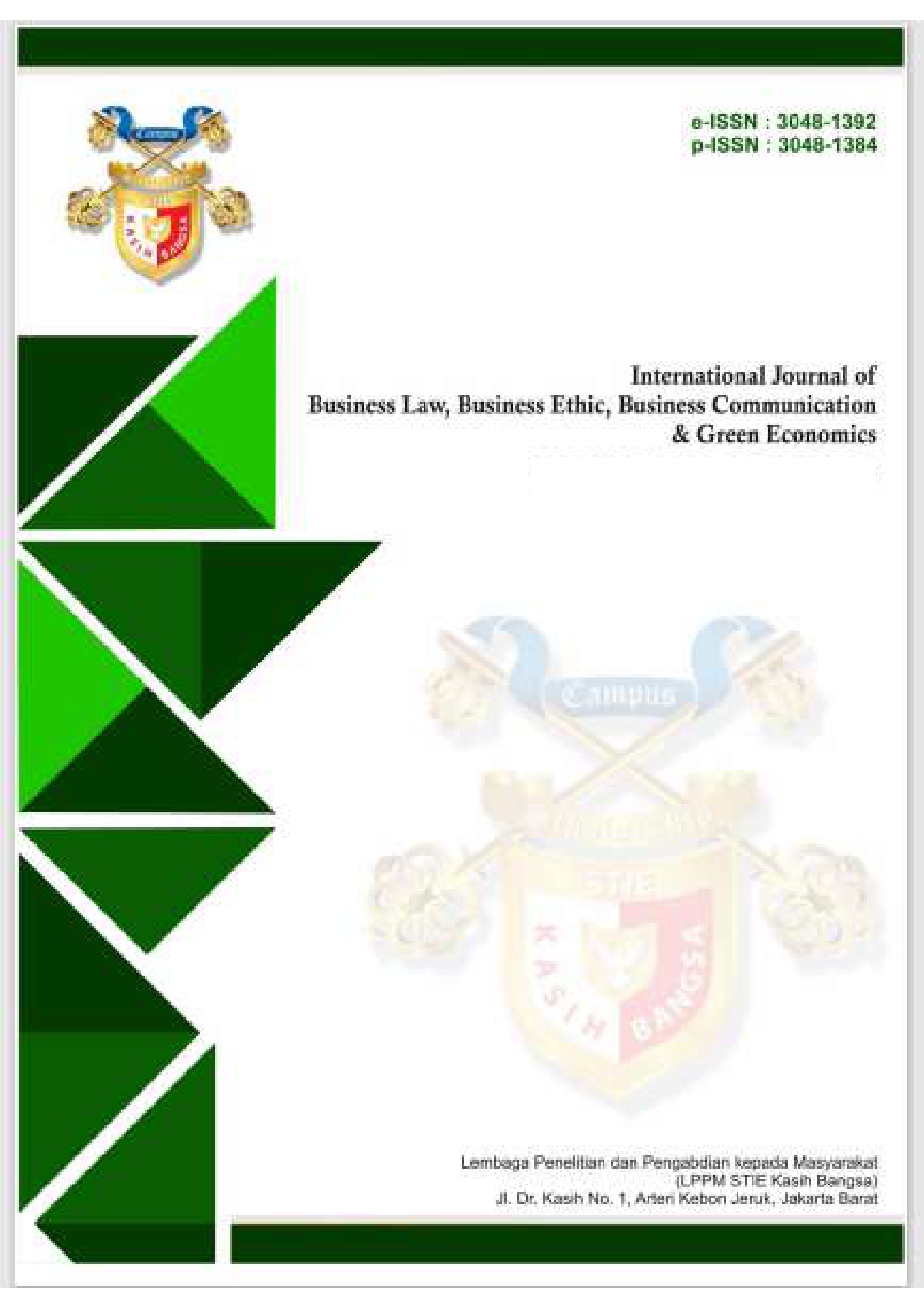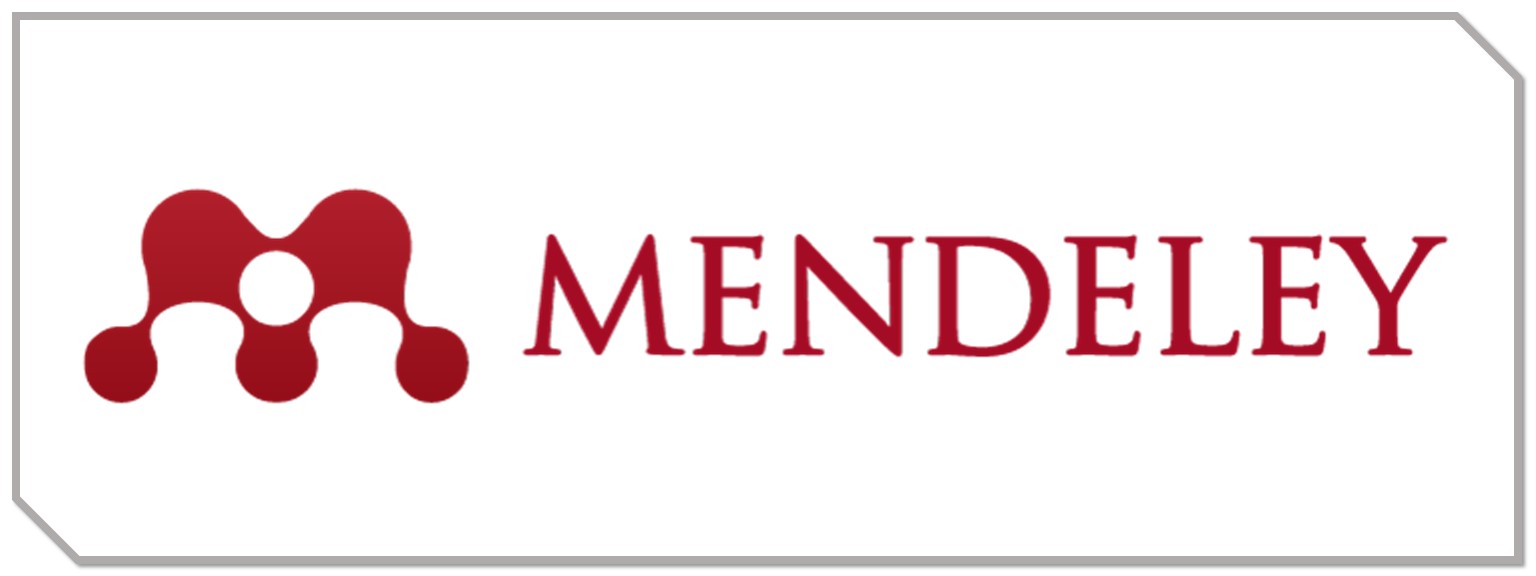Challenges in Contract Theory: Performance-Based Pay as a Solution to Address Promotion Risk in a Competitive Corporate Environment
DOI:
https://doi.org/10.70142/ijbge.v2i2.359Keywords:
Performance-based pay, Contract theory, Promotion risk, Competitive environment, Corporate incentivesAbstract
This study examines the challenges in implementing contract theory, particularly related to corporate performance pay as a solution to promotion risk in a competitive environment. Performance-based pay serves to increase employee motivation and reduce uncertainty in promotion, but has the potential to create unhealthy competition and reduce teamwork. This study suggests that a balanced incentive contract design, which combines financial and non-financial rewards, can optimize individual performance without sacrificing team harmony. Although performance-based pay can provide short-term benefits, it is important for companies to consider its long-term impact on employee satisfaction and collaboration within the organization. This study provides theoretical and practical insights for companies in designing fair and effective promotion systems
References
Aldatmaz, S., Ouimet, P., & Van Wesep, E.D. (2018). The option to quit: The effect of employee stock options on turnover. Journal of Financial Economics , 127(1), 136-151.
Babenko, I. (2009). Share repurchases and pay-performance sensitivity of employee compensation contracts. Journal of Finance , 64(1), 117–150.
Babenko, I., Lemmon, M., & Tserlukevich, Y. (2011). Employee stock options and investments. Journal of Finance , 66, 981-1009.
Baker, G., Gibbs, M., & Holmström, B. (1994). The internal economics of the firm: Evidence from personnel data. Quarterly Journal of Economics , 109(4), 881–919.
Bognanno, M. L. (2001). Corporate tournaments. Journal of Labor Economics , 19(2), 290–315.
Bryson, A. (2022). Performance pay, promotion risk, and the limits of incentive-based management. Journal of Labor Economics , 40(2), 345-371.
Chen, A. (2024). Firm performance pays as insurance against promotion risk. The Journal of American Finance , 79(5), 3497-3541. https://doi.org/10.1111/jofi.13379
Cowgill, B. (2015). Competition and productivity in employee promotion contests . Working paper, Columbia University.
DeMarzo, P. M., Kaniel, R., & Kremer, I. (2007). Technological innovation and real investment booms and busts. Journal of Financial Economics , 85(3), 735-754.
DeVaro, J. (2006). Internal promotion competitions in firms. RAND Journal of Economics , 37, 521-542.
Edmans, A., & Gabaix, X. (2011). Tractability in incentive contracting. Review of Financial Studies , 24(8), 2865–2894.
Gibbons, R., & Murphy, K. J. (1992). Optimal incentive contracts in the presence of career concerns: Theory and Evidence. Journal of Political Economy , 100(3), 468–505.
Holzer, H. J., & Neumark, D. (2017). Rising tides and the labor market: Evidence from the minimum wage. Journal of Economic Perspectives , 31(2), 75-94.
Holmström, B. (1979). Moral hazard and observability. Bell Journal of Economics , 10(1), 74–91.
Kruse, D., Blasi, J., & Park, R. (2010). The effect of employee ownership on company performance: A review of the evidence . Industrial Relations Research Association.
Lazear, E. P., & Rosen, S. (1981). Rank-order tournaments as optimum labor contracts. Journal of Political Economy , 89(5), 841–864.
Oyer, P. (2004). Why do firms use incentives that have no incentive effects? Journal of Finance , 59, 1619-1650.
Phillips, J. M. (2001). Promotion paradox in law firms . Stanford Law Review, 60, 1867-1929.
















